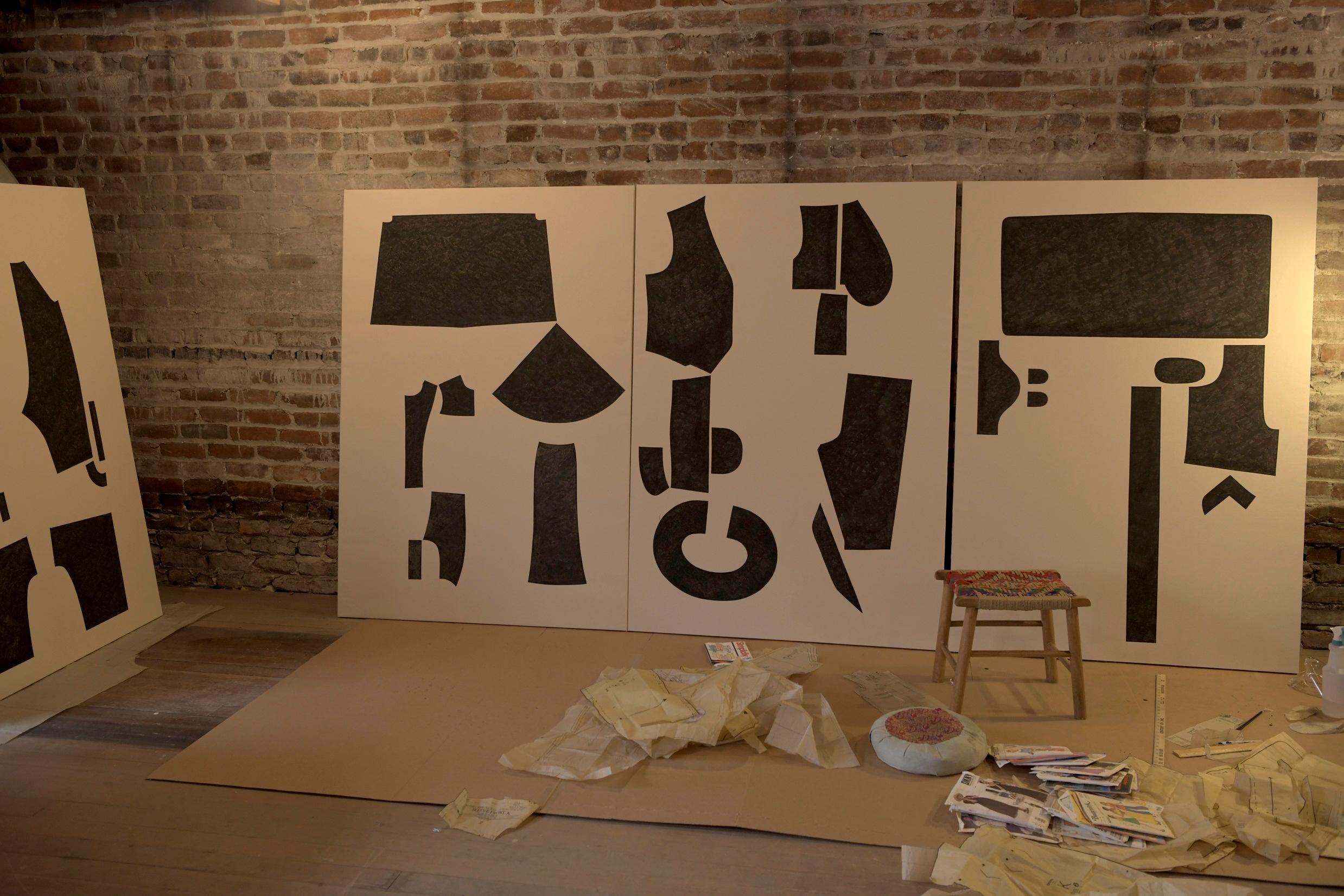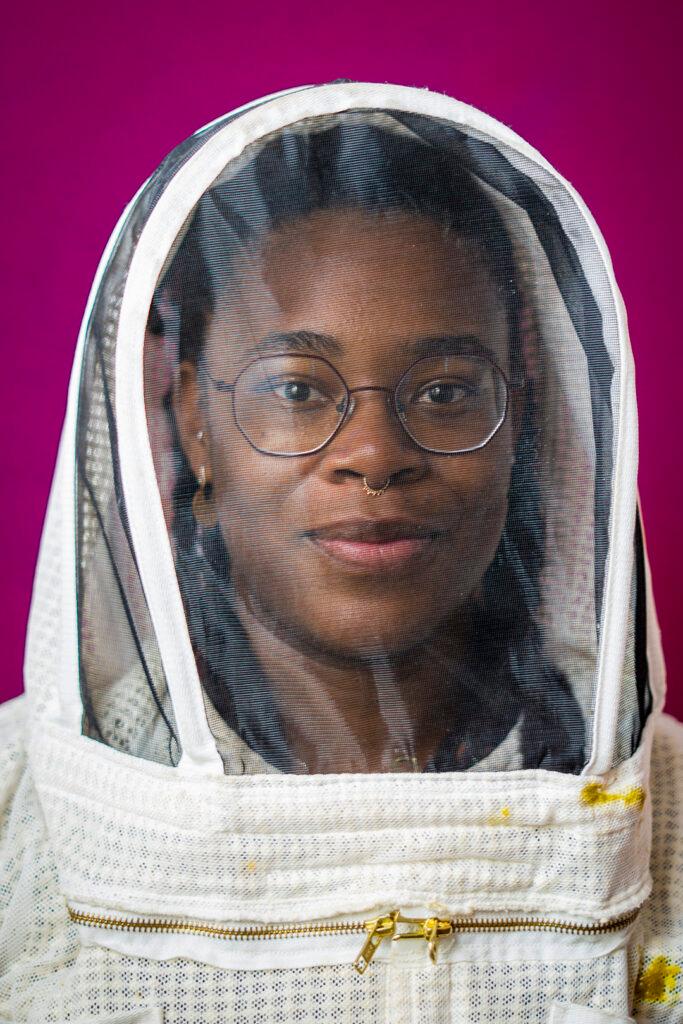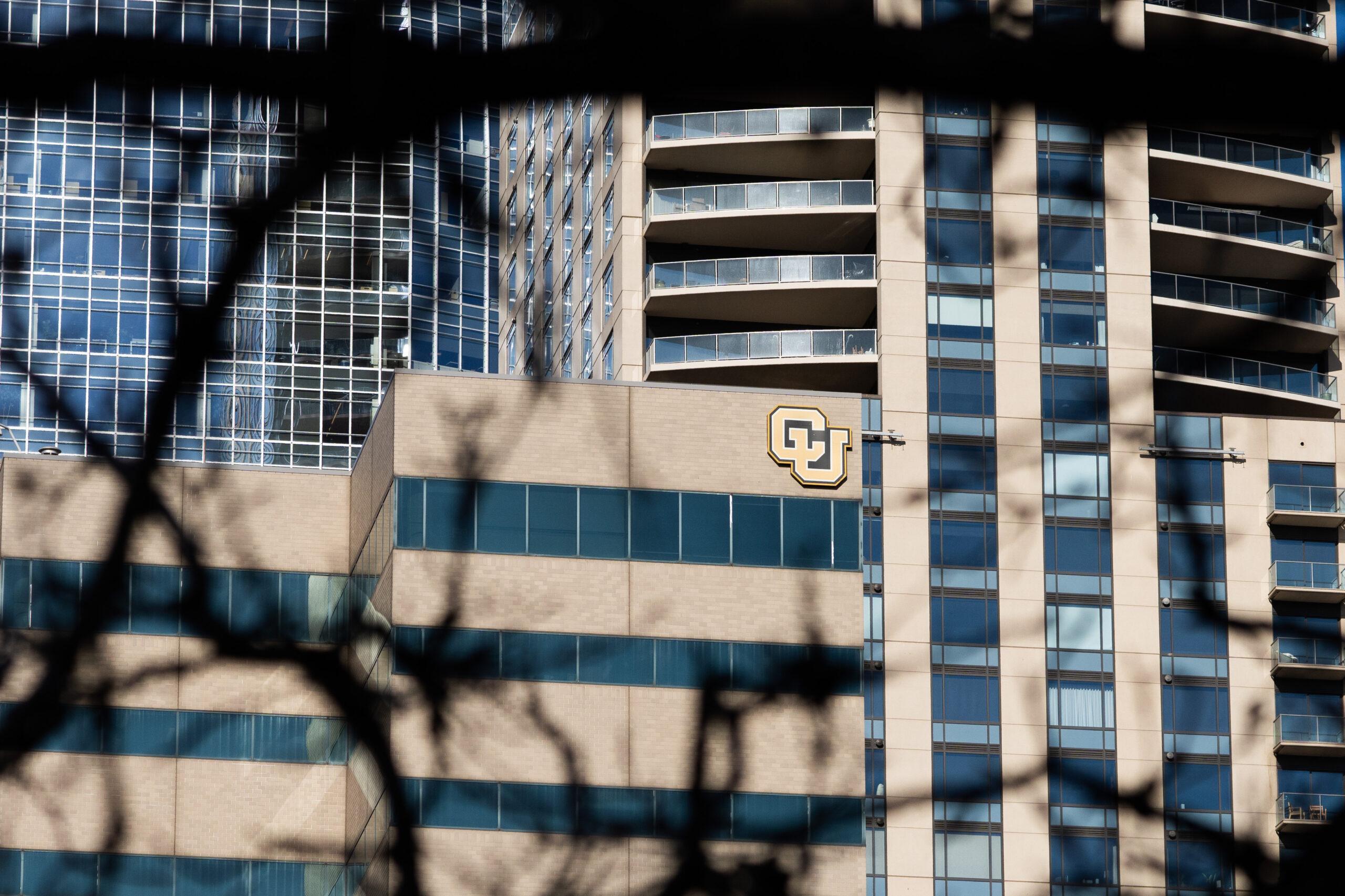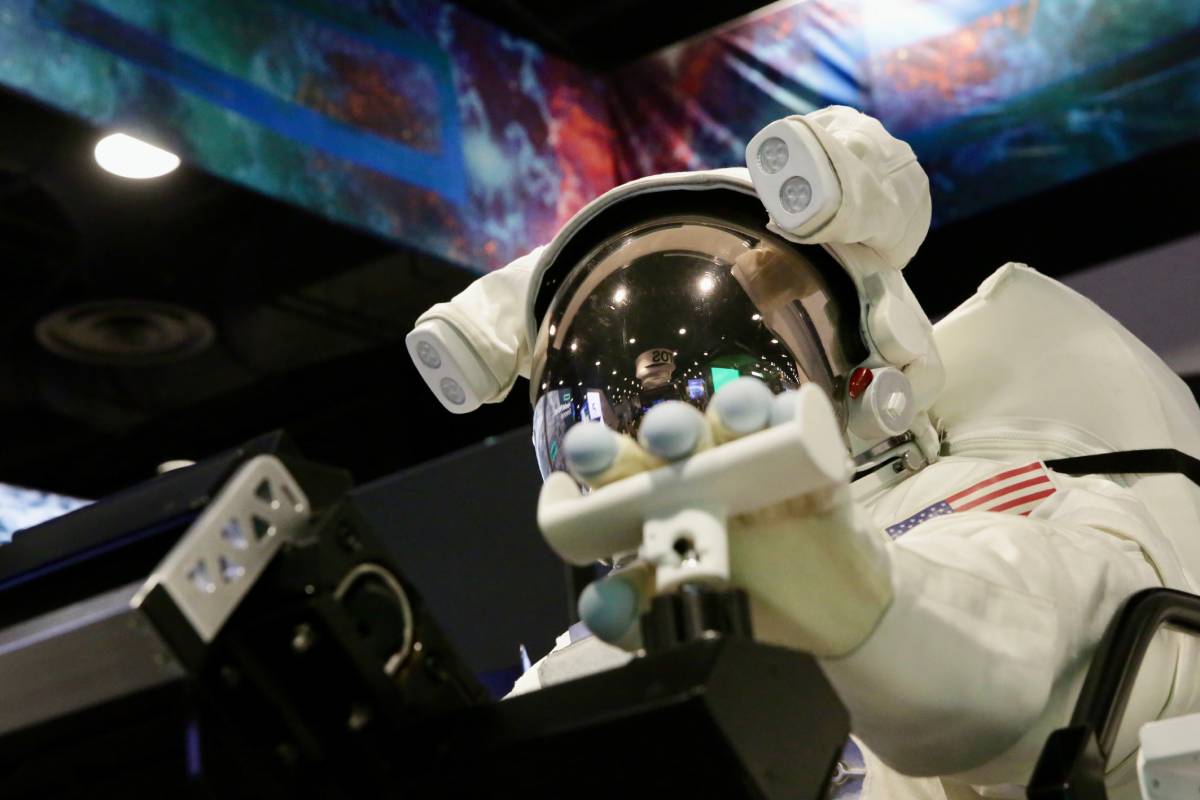
With the anniversary of the coronavirus pandemic in sight, the Museum of Contemporary Art Denver invited artists from around the state to reflect on the events of the past year.
In its new exhibits “Colorado in the Present Tense” and a solo exhibition “Jaime Carrejo: Waiting,” the works explore many of the emotions and ideas still fresh in the public’s minds as the pandemic continues.
Although separate from “Colorado in the Present Tense,” Carrejo’s installation fits right in. “Waiting” is a meditation on the isolation many Coloradans experienced over the past year as city ordinances shut down businesses and services and human interaction was severely limited.
“I think the last year has been challenging for a lot of us in terms of finances, racial inequality, this moment of which we are frozen in some states in time in our homes,” Carrejo said. “We're trying to just be safe and protect each other, and there are some challenges in that. I think that folks feel like they're in a state of confinement, but at the same time, I think waiting is a moment for activism, for reflection, a chance to change and evolve. To take some time to think about who we can be as a person, what really matters to us.”
Carrejo incorporates mid-century modern designs and Southwestern motifs into his idea of a waiting room. Another prominent feature of the installation is houseplants, which Carrejo explains is a reflection of the time many of us spent over the past year looking after plants, living spaces or relationships that may have been neglected in busier days. There are also seating areas where visitors can rest and contemplate the art, exchanging the walls of their homes for a brief escape.
In the “Colorado in the Present Tense” show, Maia Ruth Lee is the most recent artist to call the state home. She relocated with her family from New York City to Salida early in the pandemic and found herself unable to create until the museum invited her to participate in the exhibit. Her contribution took on the challenge of visualizing the feeling of grief, taking an abstract approach through painting and video.
“I can only really speak for myself and what I'm seeing around me and experiencing, but I think grief is possibly one of the most difficult emotions that we are experiencing right now,” Lee said. “Whether it's the grief of losing a loved one or losing a job or losing a home or community or comfort, but also the grief of a country as a whole as we reckon with the past and present of the suffering at the hands of white supremacy or systemic racism. Grief is on all layers of our existence right now.”
From the rooftop on down throughout the museum, visitors can listen to the aural works of composer Nathan Hall as part of his reflection on 2020. It’s a sound collage echoing the emotions he felt over the past year.
On the top floor, there are upbeat tones with all the hope of a new year still intact. Later, the sounds take on more somber notes to mirror the unknown fears of last spring, but there is also joy woven in the music through streamed concerts and family Zoom calls.
“Even though something is very personal to people, it can also seem very universal and that we all share a lot of experiences together, even though we might be isolated, there's something that can connect us all,” Hall said. “I couldn't have ever predicted what was to come for the year. Things were just sort of going along at my usual creative pace, and then March came and forced me to really reconsider everything that I knew about how I could be a musician and an artist in the world.”
Hall said there was grieving and sadness involved, “but along the way, there's these kinds of moments of passion and reflection that really make me happy to do what I do because I feel it reminds me that we are in communities here that can help each other.”
Photographer Narkita Gold began her portrait series back in 2018, long before the pandemic emerged, but her work evolved over the past year as she had to become more mindful of keeping herself and her subjects safe and socially distanced.

Her work also took on more poignancy during the protests in the wake of the deaths of George Floyd, Breonna Taylor and Elijah McClain, Black Americans who were killed in encounters with police. Gold’s first museum display in Denver is a collection of 100 portraits of members of the city’s Black community, celebrating the breadth of the local Black experience.
“Blackness and identity in general is not a monolith,” Gold said. “You're going to see a large spectrum, and it's going to be all types of people, all types of different self-expression. I want that to challenge some of the narratives and impressions or beliefs that you hold about this community. We are vast, we are a spectrum, which is what you will literally see.”
While all of the contemporary artists in the museum’s new shows were affected in some way by the past year, they were equally excited to get back to creating new art and are looking forward to what the future holds.
“It's just a lot to think about and, and reflect on,” Gold said of the past year and the new show. “To be in this place where I actually applied for a job at the MCA, years prior, to be showing my work in these spaces. It's remarkable, and I'm very grateful.”
The Museum of Contemporary Art Denver is opening “Colorado In the Present Tense” and “Jaime Carrejo: Waiting,” as well as an exhibit of a Keith Haring mural, this weekend Feb. 26-27 for MCA Denver members. The exhibits will open to the public on March 2.









